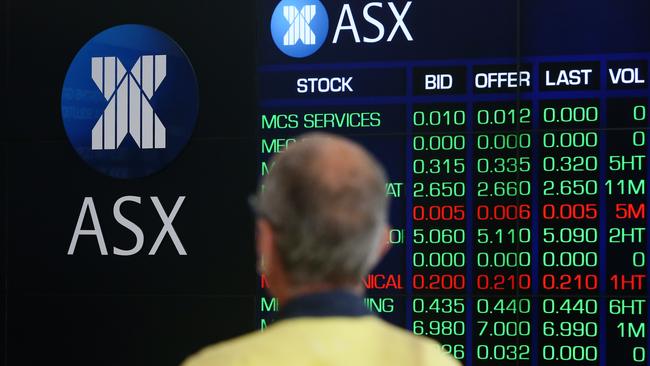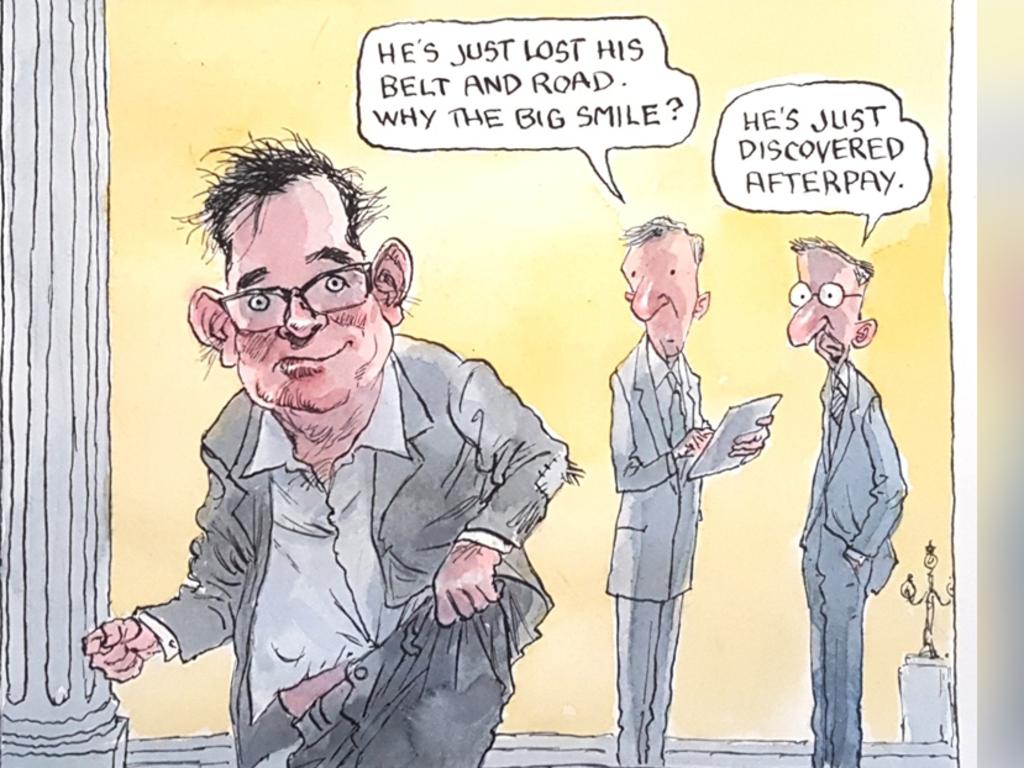Now is not the time to get too defensive on stocks

From a macro-economic perspective, things continue to look pretty ugly.
While there is debate about how sharp the fall in economic growth will be this year, it is already clear from the evidence that this will be one of the biggest global recessions of the past 150 years. It will also be one of the most synchronised global recessions in history — most countries are likely to post a contraction in GDP this year.
The outlook for COVID-19 also remains uncertain. There is much focus on a second wave of coronavirus. However, taking a step back, from a global perspective we are still very much in a first wave — a flattening of new cases in advanced economies in June and July was broadly offset by a continued pick-up in cases in emerging market countries such as India, Brazil and Russia.
There has been a lot of news on a potential vaccine, and we really need a good news story. However, developing a vaccine and then scaling up production of a low-cost and effective vaccine for global consumption still appears some way away. The recent emergence of new cases in New Zealand highlights that a global solution to COVID-19 will be needed for economic activity, even in individual economies, to sustainably pick up.
This all sounds pretty grim, but is it time to hit the brakes on investments such as equities? We think that while portfolios should be positioned cautiously, there are several important reasons portfolios should not be too defensive at this juncture.
First is the effect of the large amounts of government stimulus. Central banks have responded swiftly with accommodative monetary policy and bond yields accordingly have fallen to ever lower levels.
Since the 1980s we have been in a world where a secular fall in bond yields has coincided with a rise in price-to-earnings ratios. That is, lower bond yields generally have helped support rising equity markets.
When it comes to the biggest sharemarket in the world — the US — there is the added argument that the big US tech stocks might receive all the benefits of low interest rates for their stock price without the same scale of negative impact of the global slowdown. That is, if businesses continue to shift more of their advertising towards online avenues such as Facebook and consumers continue to take to online shopping, like Amazon, in droves.
Second is the lack of great alternatives to deploy capital. As we look across the landscape of traditional asset classes to invest in, we struggle to find an asset class to have an overweight position on.
Returns from government bonds are unlikely to be able to keep up with inflation, which is particularly challenging for investors with large allocations to defensive assets, such as insurance companies.
Similarly, our modelling on high-yield credit suggests that if default rates are anywhere close to those seen under previous large credit events (such as the GFC or early 90s), returns will be in the low single digits over the next five years (which does not seem like an overly attractive return for the risk being taken).
In real assets, such as infrastructure and property, there has been some reduction in valuations which make those assets a bit more attractive. However, there remains a great deal of uncertainty as to what an acceleration of some secular trends, such as working from home and online shopping, could have on assets such as office and retail properties.
Similarly, valuations on airports are highly sensitive to assumptions about air traffic in the years ahead — will this just be a few quarters of near zero passenger volumes or will we never travel in the same types of numbers again?
Finally, the sand is shifting in the regulatory environment. For superannuation funds, the early release of super savings is having more immediate effects on some funds than others, but it is universally making all funds question if there is an ongoing need for higher liquidity in portfolios.
The sell-off in equities at the beginning of the year was also a fresh reminder that superannuation members can (and will) exercise their right to switch investment options.
For other institutional investors, such as university endowments, the liquidity pressure stems from uncertainty about overseas student numbers, and for charities, the potential for increased need for the services they provide given the economic slowdown.
These are some of the challenges with which institutional asset allocators are grappling.
As equities strengthen, investors of all description need to grapple with trying to understand how the large amounts of policy stimulus is affecting both the economy and markets.
Given the challenges, in the years ahead, important questions about diversification both from a geographic and asset class perspective will likely arise.
The role of active management will also continue to be questioned.
For asset consultants to investors such as these, understanding the changing economic environment and seeking out the best investment ideas and solutions is where their value will be shown.
Phil Naylor is a principal consultant at Frontier Advisors






The very sharp bounce in sharemarkets since February is rightly causing many institutional investors to question their medium-term asset allocation, or “dynamic asset allocation” as it is often referred to.